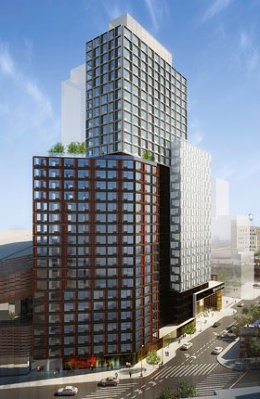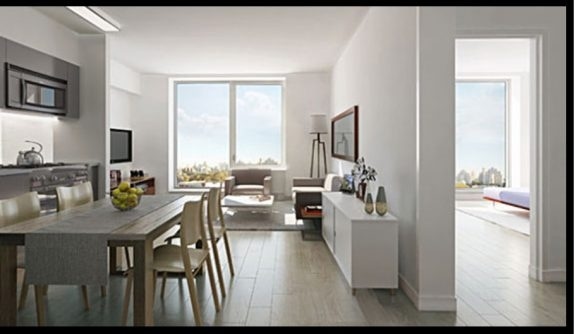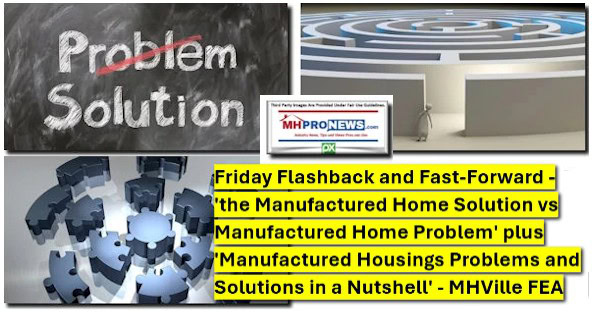
Fast Company tells MHProNews that today’s modular construction now includes apartment buildings, and yes, a skyscraper in Brooklyn, New York. Modules are being constructed at a factory located in Brooklyn’s Navy Yard, an industrial park. Workers there are creating extremely precise, 450- to 950-square-foot apartments that will click and seal together to form 32 stories of stacked modular apartments.
When completed, a finished module in developer Forest City Ratner’s B2 building will include a kitchen stocked with new appliances and a full bathroom. In fact, the only unfinished elements after the “mods” are trucked two miles over to the construction location will be the plumbing connections, which plumbers can simply snap together from a kit packed inside the walls. Everything else, including hallways, stairs, and five phases of modular construction from the inside out to the façade, will be done at the factory. Fast Company says that union labor is being used in this project
Modular assembly is often compared to the kind of assembly line popularized by the auto industry, but it is actually being constructed by a different process altogether. Instead of individual workers putting together piecemeal parts, FCS Modular and its Swedish partner Skanska decided on using a system called “group technology work cells” in which multidisciplinary groups of cross-trained tradesmen work on different parts of the floor simultaneously.
“A bathroom, for example, takes a lot longer to do than a living room. So if you tried to build them in a line, every time you had something like a kitchen come by, it would slow down,” Roger Krulak, a senior vice president at Forest City Ratner (FCR), explained.
Because of innovations like these, FCR claims to have “cracked the code” to modular building on a new scale. The company says that B2 will be built in 18 months, or two-thirds the time it would take for conventional construction. Stacking the mods onsite, like building a Lego tower, will occur on a speedy rolling basis.
To further expedite the construction process, as metal chassis come into the factory, finished mods go out by truck, and are lowered onto the new structure by crane. The prefab process is estimated to save money and reduce the construction waste that occurs when building from the ground up by 70% to 90%.
To secure the building from winds and seismic shifts, both a steel brace and a conventional foundation will be used, which is a hybrid of modular and traditional construction methods. In addition, a more radical innovation takes place in between the mods. They are joined together by rubber sealant like the connections between subway cars. The sealant goes on the façade in one of the final steps before the mod is trucked out. The apartments, meanwhile, require zero welding.

“It’s ridiculously tight,” Krulak says. “There’s no question we’re building stronger, we’re building quieter, and we’re building more energy efficient.” ##
(Photo Credit: Fast Company)

Article Submitted by Sandra Lane to – Daily Business News- MHProNews

























